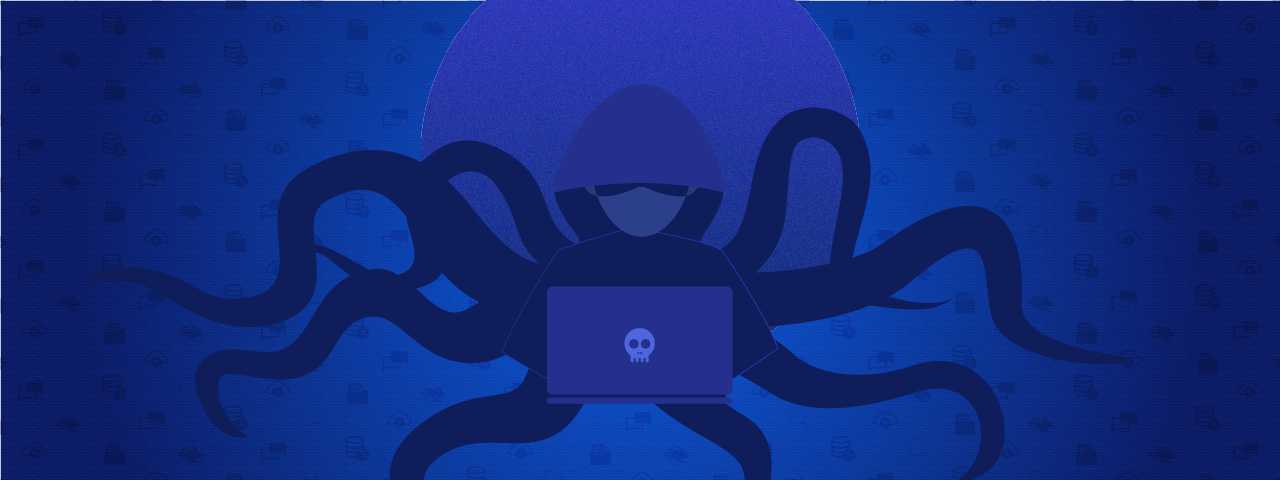
The tech industry is an ever-changing landscape, especially for enterprise-level information governance software (i.e. archive, eDiscovery, and compliance platforms). Providers are constantly updating, upgrading, and modifying their products to ensure they solve the equally dynamic needs of their customers. When companies fail to modernize and support their software, it enters maintenance mode before trickling into its final stage: the end-of-life (EOL) state.
There are many reasons an organization might end-of-life their product. The software may become less relevant due to market changes, or its functionality could be integrated into a more comprehensive solution, rendering the original product obsolete. Whatever the reason, end-of-life software poses significant risk to the organizations which continue its use.
The Risks
- Decreased Security. All products, if left unsupported, become less secure over time as technology advances. New vulnerabilities will not be repaired by the vendor and cannot typically be repaired by something as simple as added firewalls or anti-virus software, leaving information unprotected and unsecured.
- Unreliable Performance. Technology is imperfect and not intended to be permanently viable. EOL software is fairly prone to breakdown and have performance issues, as both software and hardware require frequent patches and updates to ensure that errors—big or small—do not prevent ideal product usage.
- Incompatible with Modern Software. Corporate archiving systems often involve myriad solutions working in harmony. When one of these enters the EOL state, it’s only a matter of time before it cannot properly interact with other, more modern software.
- Non-Compliance. If the fidelity of software cannot be guaranteed, neither can compliance with regulations and information governance requirements. Companies without full data control and protection are placing themselves at risk for more than just a cyberattack.
- Unnecessary Costs. Patches and maintenance for EOL products cost a premium over regularly maintained “live” products. Over time, these extra costs will add up.
Make the Switch
Despite the risks, there are a few reasons companies stay with outdated software solutions. The biggest reason is the upfront cost—migrations and new licenses cost money. And if a software has been left hanging too long and the window for an easy migration has passed, migrations could get even more complicated—and expensive. While there is some validity to these concerns, they’re a bit short-sighted. Updating software or migrating to a new solution can help organizations avoid experiencing a plethora of costly issues and risk in the long run.
Where Do You Stand?
If your current archive or information governance solutions entered maintenance mode, end of life may not be far off. With new technology constantly emerging, it’s important to always be looking forward to ensure you don’t get left behind.
Learn more about ZL’s migration services to see how easy a switch can be!


